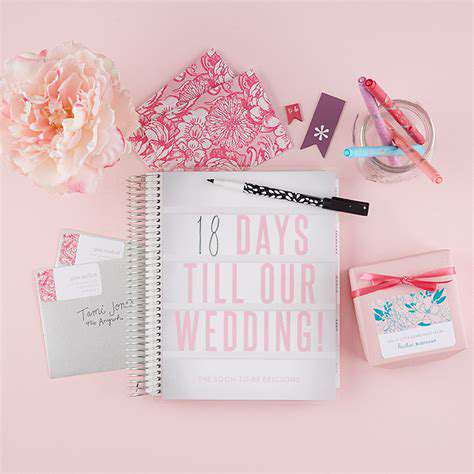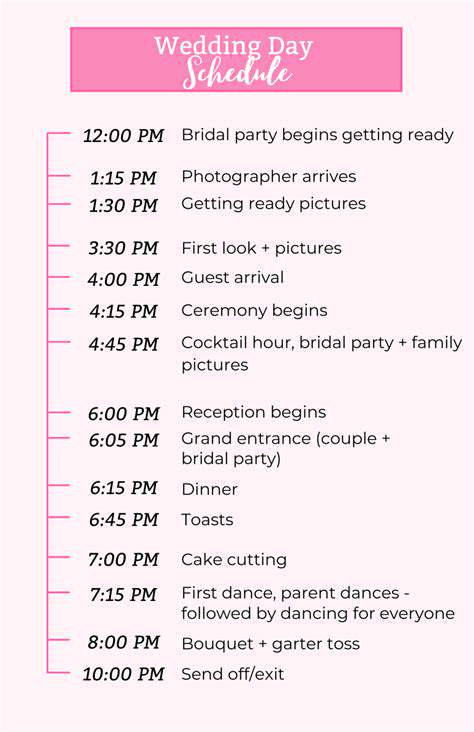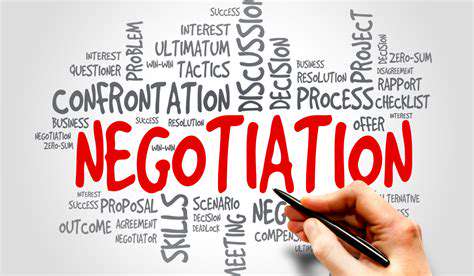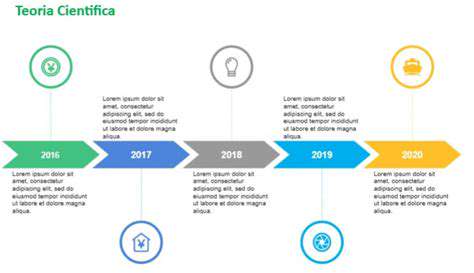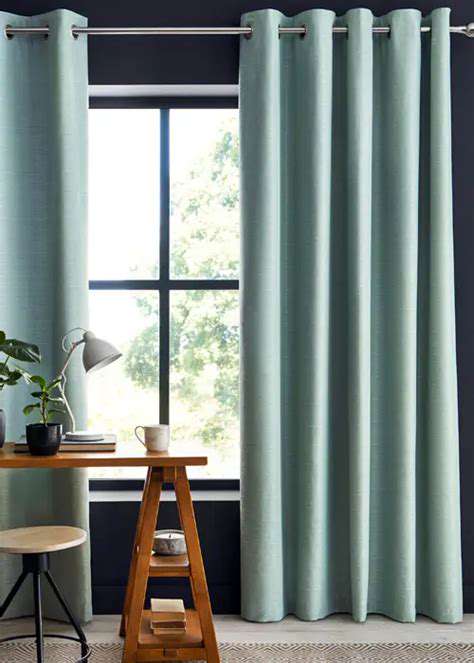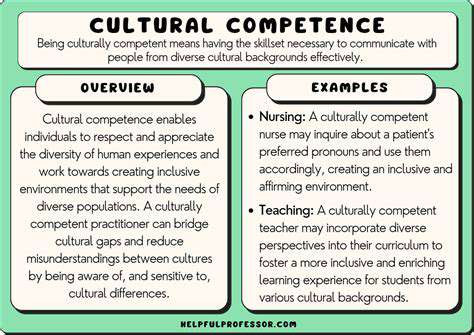Expert Guide to Creating a Realistic Wedding Budget
Browse through real wedding albums (not just Pinterest boards) to gather inspiration. Notice how different couples incorporate personal touches—maybe it's handwritten vows, family recipes served at dinner, or a playlist filled with your songs. These details often matter more than expensive decor.
Budgeting and Realistic Expectations
Money talks can feel unromantic, but they're the foundation of a stress-free wedding. The smartest couples I've worked with create two budget numbers: their ideal spend and their absolute ceiling. This approach allows for flexibility when unexpected costs arise (and they always do).
Here's a pro tip: allocate 10-15% of your total budget to a miscellaneous category. You'll thank yourself later when you need last-minute alterations or extra chairs for surprise guests. Remember, some of the most memorable weddings I've seen spent less on flowers and more on meaningful experiences.
Guest List and Guest Management
Your guest count directly impacts nearly every budget line item. Create three lists: must-invite (immediate family and best friends), should-invite (close friends and relatives), and could-invite (everyone else). This tiered approach helps make tough decisions easier when space or budget gets tight.
Consider sending We'd love to celebrate with you cards to extended circles after the wedding—it's a thoughtful way to include more people without blowing your budget.
Venue Selection and Design
Venues often consume 40-50% of wedding budgets, but creative alternatives exist. I once attended a stunning wedding in a public library's rare books room that cost a fraction of traditional venues. Think outside the ballroom: art galleries, family farms, or even your favorite restaurant might offer unique spaces at lower prices.
When touring venues, ask about hidden costs like mandatory vendors, overtime fees, or cleanup charges. These often surprise couples later in planning.
Wedding Theme and Style
Themes should emerge from your story, not a magazine spread. One couple incorporated their hiking passion by using trail maps as table runners and naming tables after their favorite peaks. These personal touches made their wedding unforgettable without expensive decor.
If you're drawn to a particular aesthetic, focus on two or three key elements rather than trying to match every detail. Consistent colors and textures create cohesion more effectively than theme overload.
Catering and Entertainment
Food memories last. Instead of a plated dinner, consider interactive stations where guests can customize meals. I've seen taco bars, mashed potato martini glasses, and even grilled cheese stations become talking points that also saved money.
For entertainment, local music students often perform beautifully at lower rates than established bands. Or create a Spotify playlist with your MC making occasional announcements—it feels personal and keeps guests dancing.
Invitations and Stationery
Paper goods offer early glimpses of your wedding style. Digital RSVPs can save hundreds while being more eco-friendly. If you love paper, consider single-card designs that list all essential info without extra inserts.
One creative couple used seed paper for their invites—guests could plant them to grow wildflowers. This thoughtful touch cost less than traditional letterpress and became a keepsake.
Breaking Down Wedding Expenses: Smart Allocation Strategies
Venue and Catering Costs
Venue costs vary wildly by season and day. Getting married on a Friday in November could save you 30-40% compared to a Saturday in June. Many venues offer package deals if you book ceremony and reception spaces together—always ask.
For catering, food trucks often provide gourmet quality at lower prices than traditional catering. Or consider family-style serving rather than plated meals—it encourages conversation and reduces staffing needs.
Invitations, Stationery and Gifts
Modern couples are mixing digital and physical elements beautifully. Email save-the-dates followed by formal mailed invitations cuts costs while maintaining elegance. For favors, edible gifts or charitable donations often mean more to guests than trinkets.
One couple created a wedding newspaper instead of programs—it included their story, the timeline, and even a crossword about their relationship. Guests loved it, and it doubled as a keepsake.
Guest Accommodations and Transportation
Room blocks don't always save money—sometimes they actually cost more. Create a wedding website with 2-3 hotel options at different price points, then let guests book what fits their budgets.
For transportation, school buses (yes, really!) can be decorated charmingly and cost far less than luxury coaches. Or arrange carpools among guests—many will appreciate the chance to socialize before arriving.
Negotiating With Vendors: Getting More For Your Money

Understanding Vendor Relationships
Vendors appreciate clients who understand their value. Instead of leading with price demands, ask What flexibility exists in your packages? Many photographers, for example, offer shorter coverage times that still capture key moments at lower rates.
Building rapport matters. When we connected our florist with a venue they'd wanted to work with, they upgraded our centerpieces at no extra cost. Look for win-wins.
Creative Cost-Saving Collaborations
Emerging vendors often offer competitive rates to build their portfolios. Talented culinary students can create amazing cakes at baking school prices. Just be sure to taste test first!
Bartering sometimes works too. One couple exchanged social media marketing services for discounted videography. Think about what unique skills or connections you might offer.
Budget Tracking That Actually Works
The Spreadsheet That Saved My Sanity
Our Google Sheet had tabs for each vendor category, with columns for: estimated cost, actual quote, deposit paid, balance due, and payment dates. Color-coding (green=paid, yellow=pending, red=over budget) gave us instant visual updates.
We also created a separate day-of tab listing which vendor needed final payment when. This prevented any awkward Where's my check? moments during our celebration.
Regular Budget Check-Ins
We scheduled biweekly budget dates—just 30 minutes over coffee to review spending. Catching a $200 overage early meant we could adjust elsewhere rather than facing a $2,000 surprise later.
Pro tip: Round up all estimates by 10%. If flowers are quoted at $1,500, budget $1,650. These small buffers add up to protection against surprises.


